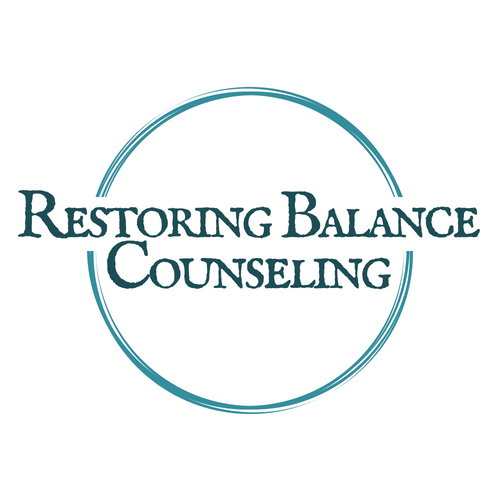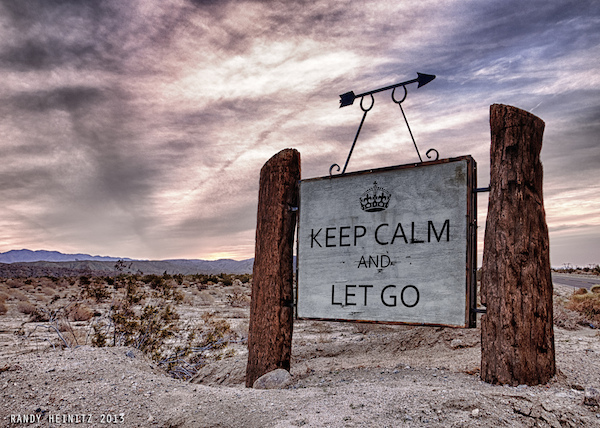When you’re in a relationship with a trauma survivor, it is likely that you have become aware of a few obstacles that can be difficult to overcome, including that it is simply difficult to see someone you care about struggling with the impact of trauma or abuse (whether the trauma occurred before or during your relationship). Still, it’s possible to have a loving, healthy, and connected relationship.
The ability to allow your partner to feel safe and letting them know they can trust you are the key components to healing your relationship when trauma is a factor.
How Can Trauma Impact Your Relationship?
The answer to that question often depends on the type of event (or events) your partner has experienced. It could be anything from child abuse, rape, or combat, to a car accident. Each different type of trauma leads to different types of environmental cues that lead the survivor to re-experience and go into survival mode. Regardless of the type of trauma, there are certain obstacles that usually affect relationships.
Some of the most common hurdles you’ll face with your partner include:
They may have difficulty accepting love
Emotional distancing
Persistent doubt in your faithfulness and commitment to them
Over or under-reaction to conflict
It’s important to understand that trauma survivors need different types of support. They need to take care of themselves, and they also need certain elements from your relationship.
Let’s take a look at these two areas
Self-Care for You and Your Partner
Trauma survivors devote a great deal of energy to taking care of their own emotional, mental, and physical health. Everyone has a different way of doing this, but one of the best things a survivor can do is to have an amazing support system which includes you, as their partner. For most, professional help may be needed. Don’t ever try to force your partner into seeking out help, but instead, you can encourage it in a positive manner. Also, remember that while you’re encouraging your partner’s self-care, don’t forget to take care of yourself. Trauma is exhausting for both people involved, so take time for yourself to make sure you’re healthy and emotionally prepared to support your partner. Don’t be afraid to seek out your own professional help. It’s not uncommon for partners of trauma survivors to need extra help, too.
Supporting Your Partner
There are many different ways you can be supportive of your partner after they’ve dealt with a traumatic event. A way to start is to educate yourself about the impact of trauma. The more you understand what your partner is going through, the easier it will be to heal your relationship. Communication is the biggest key when it comes to improving your relationship with a trauma survivor. The right kind of communication helps to provide comfort and safety. This can be done with a simple pattern known as ‘Mirroring, Validation, and Empathy.’ It can help to restore a feeling of peace and stability which is especially important when your partner is having a flashback or going through a very difficult time. Gently bring your partner’s attention to the present when they’re struggling with something from the past. When you’re able to remind them that they’re currently safe and secure, and this has the potential to calm them quickly.
Loving a Survivor of Trauma
Relationships are challenging to begin with. When you’re in a relationship with someone who has been through a traumatic experience, it’s even harder, but it’s not impossible to practice deep healing techniques that can help to heal wounds from the past.
If you’re still struggling with how to help your partner, or if your relationship is suffering due to trauma, feel free to contact me please contact me at (717) 288-5064 / gregghammond@restoringbalancelancaster.com and schedule an appointment today. Together, we can develop effective strategies for healing.




